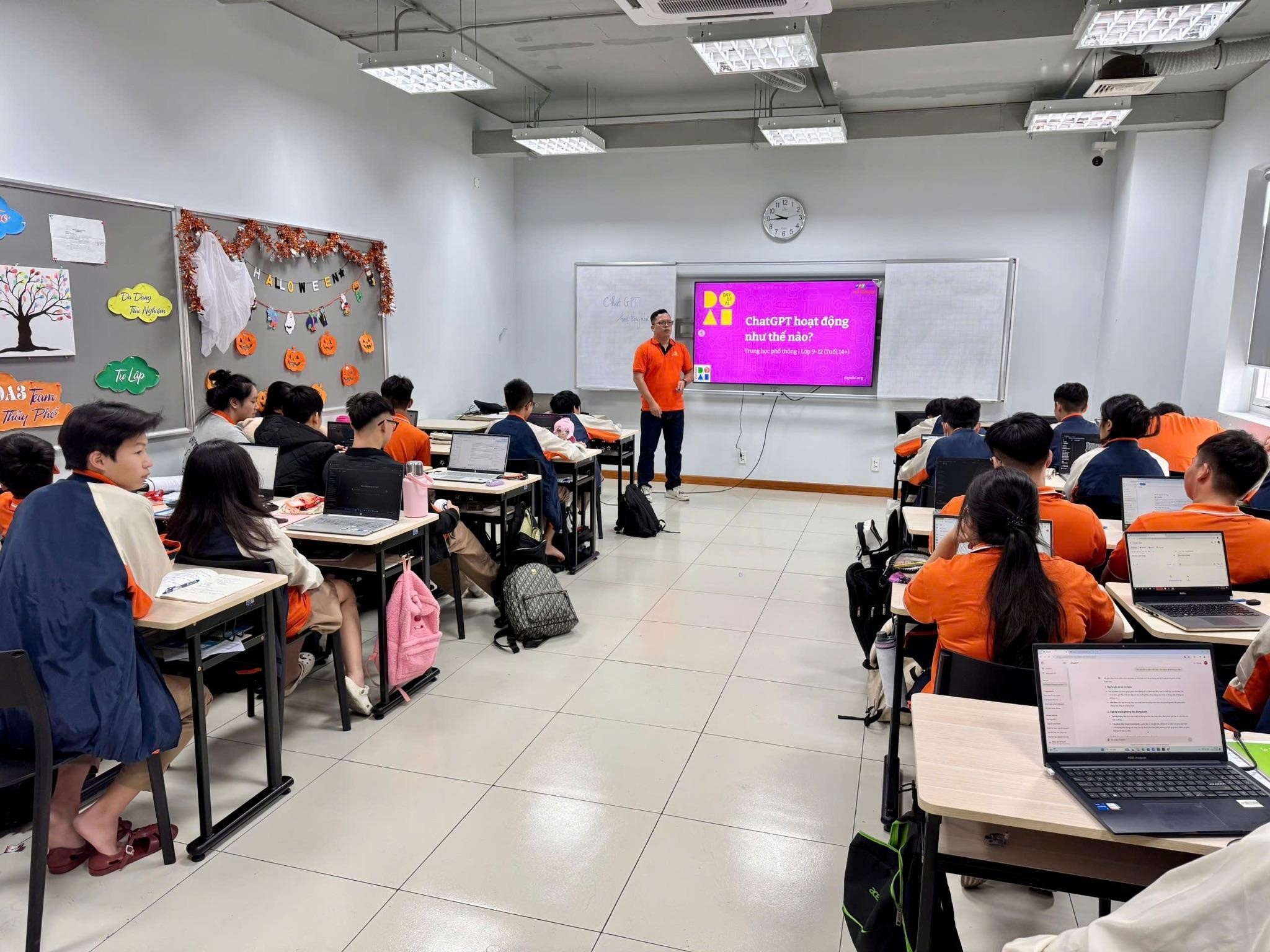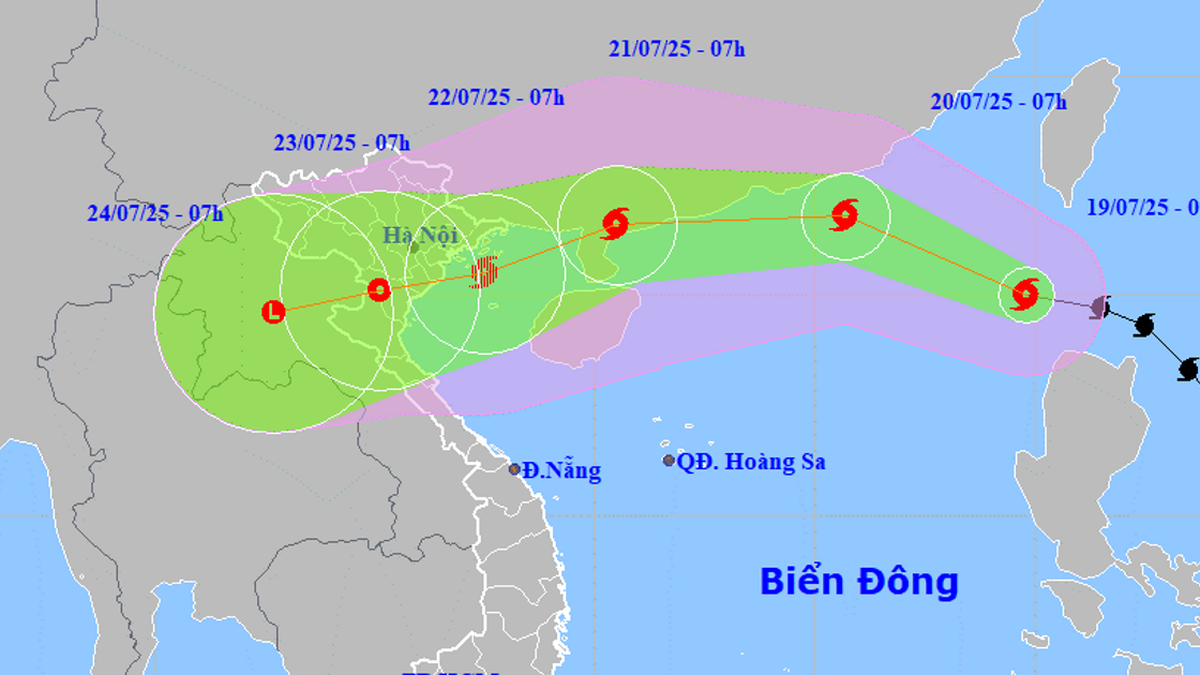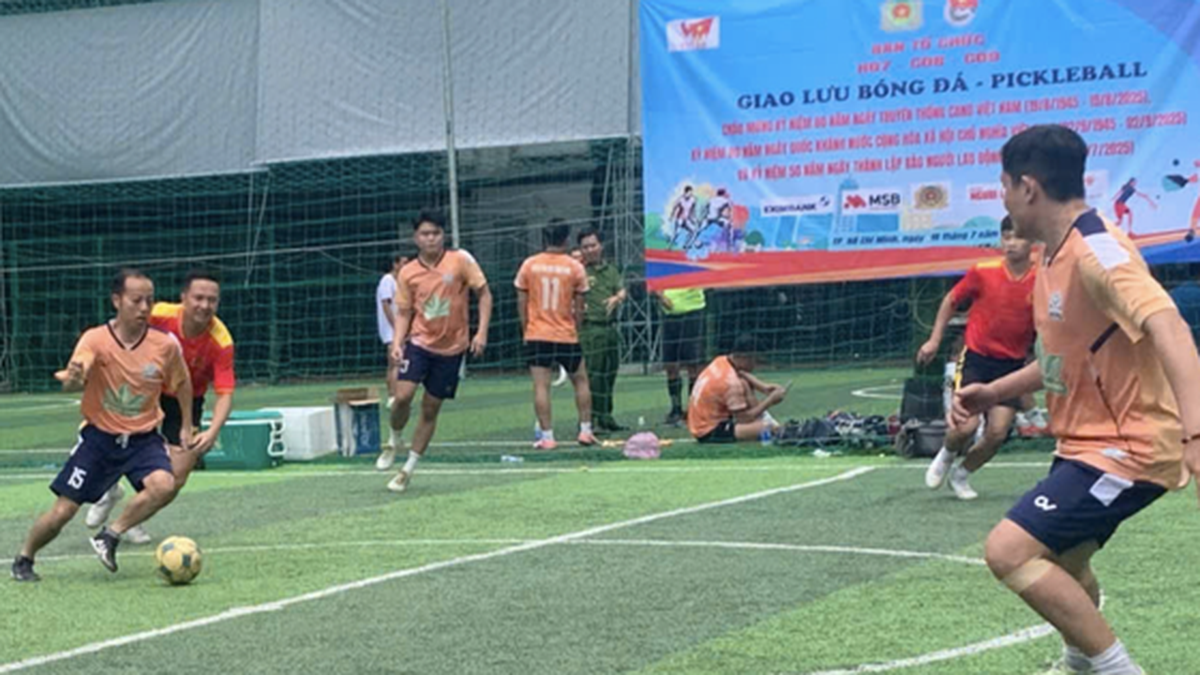The AI Wave and the Fear of “Obsolution”
About 92 million jobs, or 8% of all jobs globally, could be completely displaced by 2030, according to the World Economic Forum’s (WEF) Future of Jobs 2025 Report. By 2030, the impact of AI and automation could force 375 million workers worldwide to change their career paths and acquire new skills or face extinction, according to another McKinsey report.
The labor market is already undergoing a revolution due to the explosion of AI and automation. The positive thing is that along with the jobs that will be replaced, there will be new roles and job titles that have not even existed before. The WEF predicts that by 2030, there will be 170 million new jobs , accounting for about 14% of all jobs today.
What we need to be primarily concerned about now is: which jobs will disappear or become obsolete by 2030? And what should workers do to prepare for these changes?
What these jobs have in common is that they are predictable and repetitive, requiring little creativity or social interaction. Some of them involve data processing, two tasks that AI and robots can do more efficiently and at lower cost. The list is a stark warning that anyone can fall victim to the wave of technology if they don’t adapt.
In this context, the FOMO (Fear of Missing Out) mentality - the fear of being left behind - is spreading. Many workers are concerned that if they do not quickly upgrade their skills and understanding of technology, they will fall behind or even lose their jobs in the near future. However, this fear also creates a positive motivation for workers to innovate. Instead of panicking, the best way to overcome FOMO is to proactively adapt and develop in the direction of "irreplaceability" by focusing on capabilities that are difficult for AI to simulate.
Education , the KEY to your career future
In the race to adapt to the AI era, education is the fundamental answer. For the current workforce, the first goal is to be proficient in digital tools and have a basic understanding of AI and data. Workers need to be retrained to work effectively with AI, turning AI into a smart assistant instead of a competitor.
In this context, many countries have introduced AI into education early. Since 2017, China has announced a national strategy on AI with a clear goal: to become the world's AI center by 2030, focusing on reforming education from the root, bringing AI into training from elementary school. Recently in the US, more than 250 CEOs of large corporations have proposed a proposal to make AI and computer science compulsory subjects in high school.
In Vietnam, some educational institutions have quickly joined the race. From the 2024-2025 school year, FPT Schools pioneered the introduction of AI into the “Smart World Experience” (SMART) program from grade 1.
FPT students learn about Chat GPT in an AI class
This is one of three enhanced training programs of FPT Schools in addition to the main program as prescribed by the Ministry of Education and Training, focusing on training early technology skills for students with three pillars: STEM, Coding, and Robotics. AI is integrated throughout these subjects, with a minimum duration of 10 periods per year.
In addition, students at this school also participate in national and international AI competitions, applying technology to community projects from an early age. Through this, they develop logical and creative thinking, understand and use AI properly, ethically, without depending on or abusing technology.
At the university level, FPT offers specialized training programs in AI, semiconductor design, and other advanced technology fields. In addition to knowledge, students are equipped with not only knowledge but also soft skills such as critical thinking, problem solving, communication, creativity, and leadership - skills that machines cannot replace.
Technology education from primary to university with a systematic program, international standard documents and suitable for Vietnamese reality will create a seamless roadmap, helping to prepare high-quality human resources. Nurturing a talent ecosystem from the root in the field of AI will be the key to helping Vietnam make a breakthrough and affirm its position in the global value chain.
FPT





































































































Comment (0)